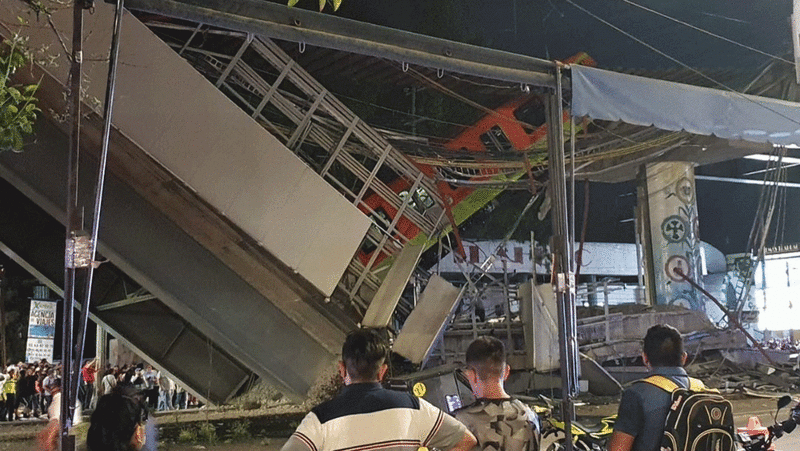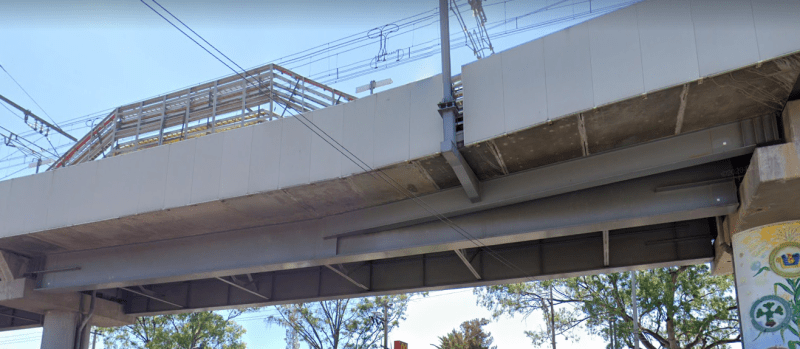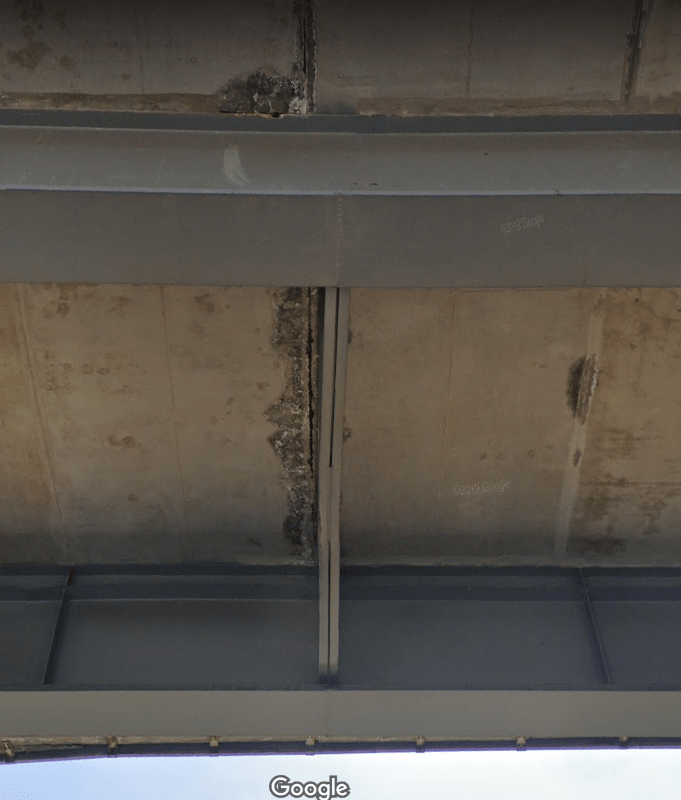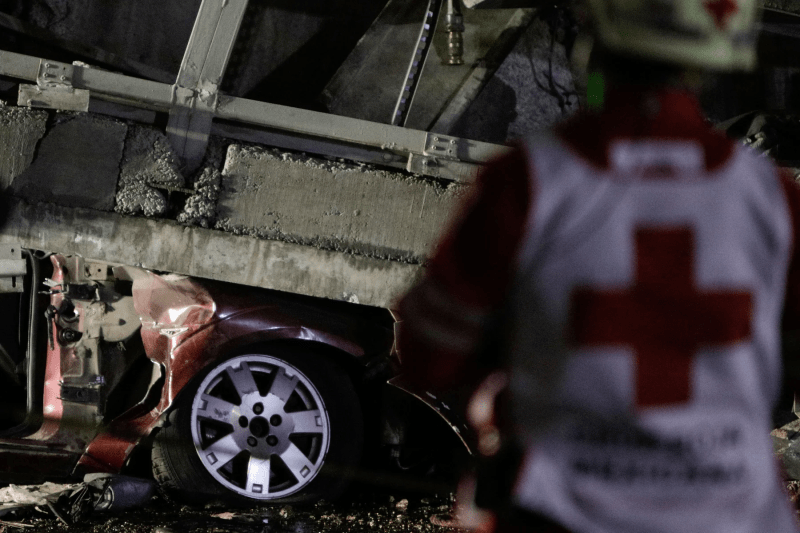dauwerda
Structural
- Sep 2, 2015
- 1,045
According to the story, this section of the line was built in 2012.
The very beginning of this video shows the collapse via security camera footage.
The very beginning of this video shows the collapse via security camera footage.




